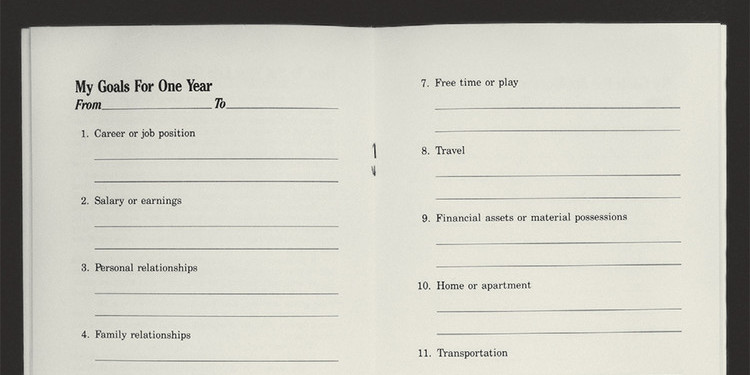Crash, Bern
Fordham sociology professor Heather Gautney went to work in Bernie Sanders’s Senate office on an academic fellowship in 2012 and then signed up for his 2016 presidential campaign, ultimately playing a role in the Sandernistas’ wrangling over the party platform with Hillary Clinton’s DNC apparatchiks at that year’s Democratic convention. To say the least, aiming for a conciliatory note in the aftermath doesn’t interest her much. Especially when she goes prescriptive, reading Crashing the Party: From the Sanders Campaign to a Progressive Movement(Verso, $17) can feel like watching a bulldozer










